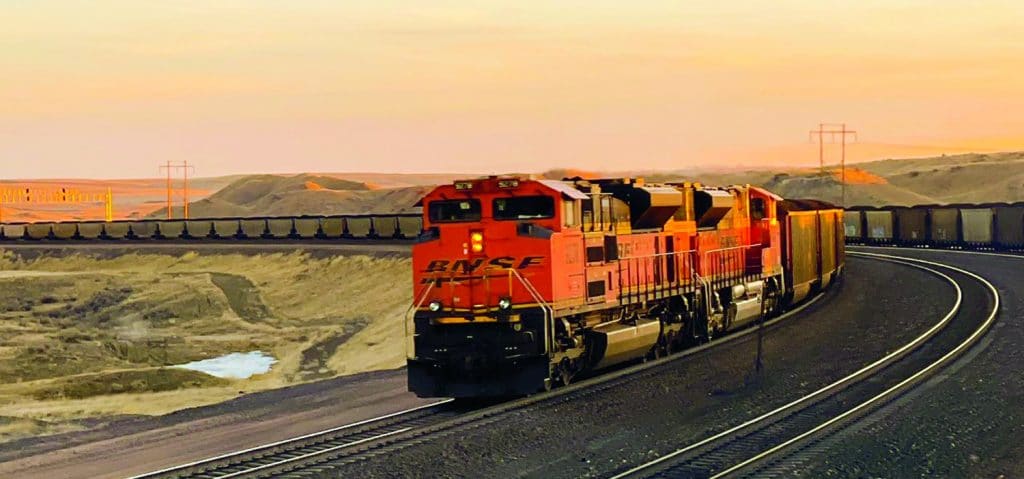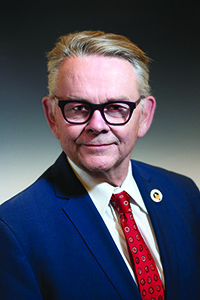

It’s difficult to imagine trying to pass off reducing the braking power of a freight train as a safety precaution, but that is exactly what BNSF attempted to do recently in a request to the FRA for a variance to increase the allowable amount of flow from 90 CFM to 120 CFM.
In their request, BNSF states that in order to reduce the slip/trip/fall risk that goes along with conductors and carmen walking a consist looking for leaks in a brake line, that they think it’s safer to depart the train with up to 120 CFM of flow and assume it will be able to stop when it has to.
FRA put out a Notice of Proposed Rule Making (NPRM) requesting public comments on BNSF’s request, and SMART-TD’s National Legislative Department was happy to oblige them. Below you can read SMART-TD’s response to FRA from Brother Greg Hynes, SMART-TD’s national legislative director.
Related News
- Union Mourns the Loss of Brother Charles Harrison
- FRA Issues Grade-Crossing Safety Advisory
- Amtrak To Give SMART-TD Members Holiday Bonuses
- SEPTA Strike Avoided: Strong Agreement Secured
- Posthumous Retirement Ceremony Honors Lost Brother
- SMART-TD: Built by Members, Driven by Your Voice
- Conductor, Volunteer Firefighter Injured and Needs our Help
- FRA Doubles Our Risk By Reducing Track Inspections
- Value of Unions
- New Mass. Law Protects SMART-TD Transit Members